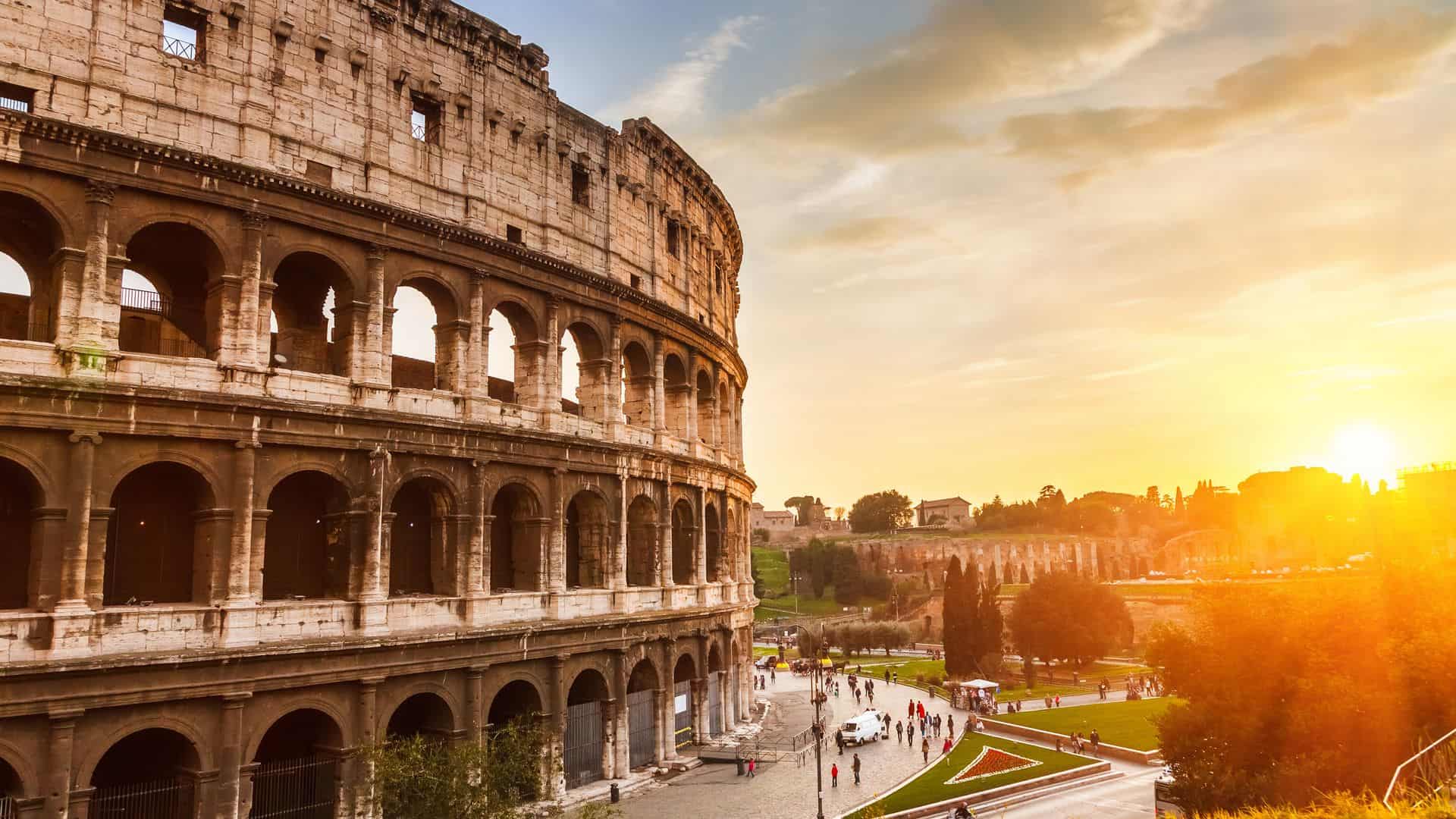Stepping onto the ancient cobblestone streets of Rome, one encounters a symbol of both grandeur and grit – The Colosseum. This colossal amphitheater, a masterpiece of engineering and a testament to Roman ingenuity, stands as an enduring monument to the city’s rich history. As you approach this iconic structure, you can almost hear the echoes of gladiators and feel the palpable roars of history.
A Marvel of Roman Engineering
Constructed in AD 70-80, the Colosseum, also known as the Flavian Amphitheatre, is an architectural marvel. A colossal ellipse with a capacity of over 50,000 spectators, it hosted a myriad of events, from gladiatorial contests and animal hunts to dramatic reenactments of famous battles.

The Gladiatorial Spectacles
The Colosseum’s gladiatorial contests were among the most anticipated events of ancient Rome. Transitioning from everyday life to the blood-soaked sands, spectators were engrossed by the skill and valor of gladiators who faced mortal combat. The word “gladiator” evokes images of warriors battling for their lives, often earning their freedom through victory.
Roaring Crowds and Majestic Emperors
As the grandstands filled with a diverse crowd of Roman citizens, including emperors and senators, the atmosphere buzzed with excitement. The Colosseum was where emperors sought to win the favor of the masses through lavish games and displays of power. Transitioning from the mundanity of daily life, spectators reveled in the opulence and thrill of the amphitheater.
The Colosseum’s Decline and Restoration
With the fall of the Roman Empire, the Colosseum witnessed a slow decline. Plundered for its valuable building materials, it became a shadow of its former glory. However, in the modern era, efforts have been made to preserve this iconic structure. Transitioning from neglect to restoration, the Colosseum is now a UNESCO World Heritage site and a symbol of Italy’s commitment to preserving its heritage.
Visiting Practicalities
When visiting the Colosseum, it’s advisable to arrive early to beat the crowds and to explore the nearby Roman Forum and Palatine Hill. Secure skip-the-line tickets to save time and be prepared for security checks. Dress comfortably for a fair amount of walking and, if possible, take a guided tour for a deeper understanding of the Colosseum’s history.
Conclusion
The Colosseum, with its tales of valor, grandeur, and dramatic spectacle, is a place where history truly comes to life. As you walk through its massive archways, you can almost hear the roars of ancient crowds and feel the intensity of gladiatorial combat. The Colosseum is a timeless masterpiece that takes you on a journey from the present to the past, allowing you to witness the grandeur of Rome in all its glory.
